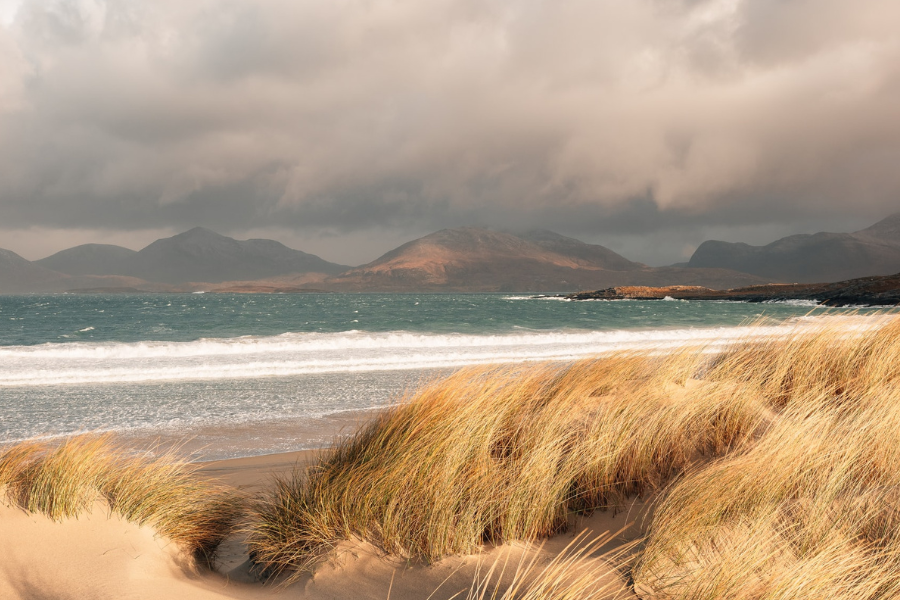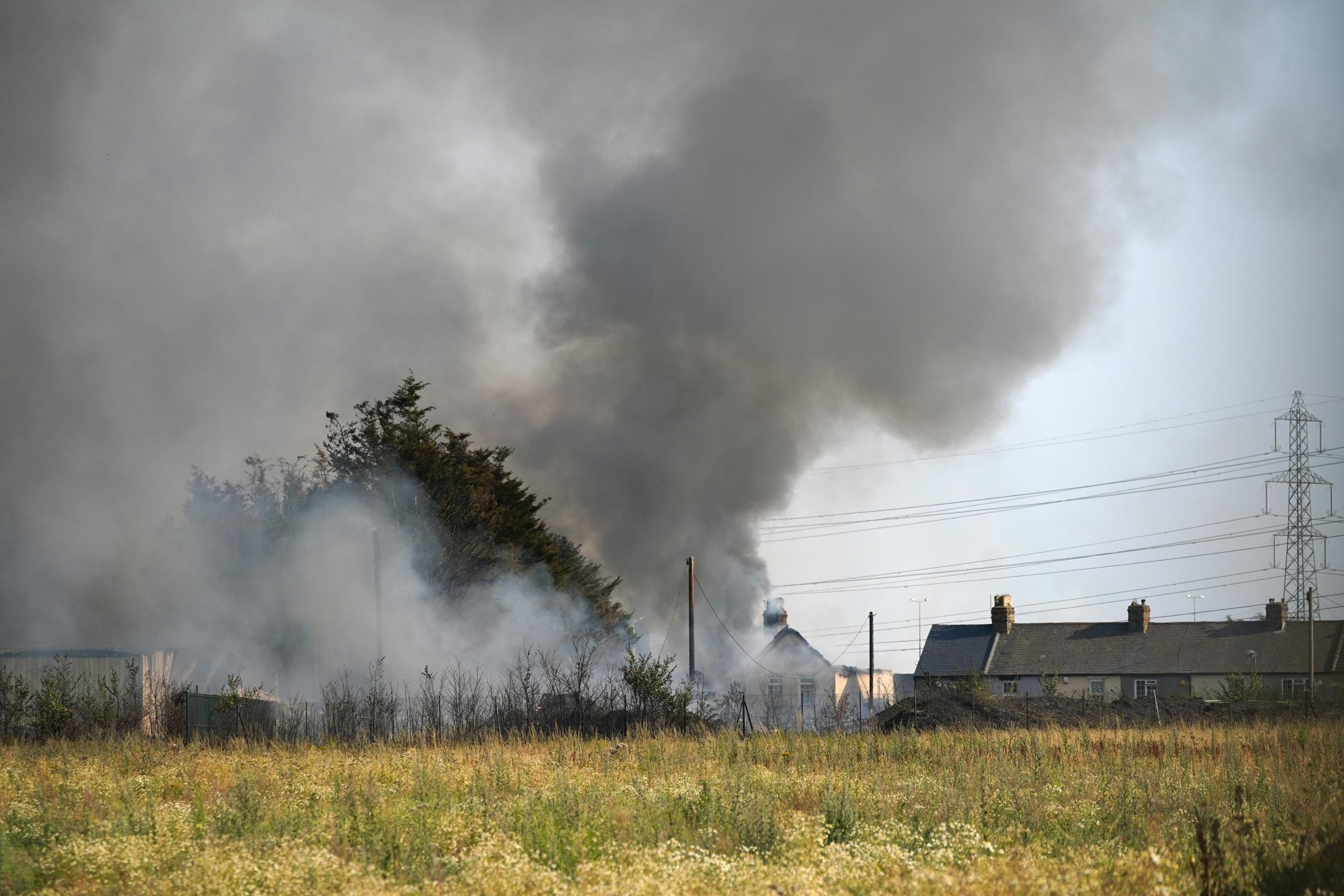
THE summer of 2022 has seen heat records smashed. The Borders saw temperatures hit highs of around 35C, the hottest Scotland has ever been, while multiple places across England broke the 40C barrier for the first time in UK history.
But in Na h-Eileanan Siar (the Western Isles), it’s a very different story.
“We’re sitting waiting for summer and it’s July 28. I’m not sure I’ve seen the sky completely blue [this year],” Angus MacNeil, the islands’ MP, told The National.
“It’s just the lack of heat, a lack of sun,” he went on. “Everybody’s talking about it. They say it’s the worst summer for decades.
“They say it just goes to show that if you’ve bought a second home in the Outer Hebrides you’ve made a spectacularly bad investment,” MacNeil joked.
The overcast weather has been almost constant, leading to abnormally low levels of sunshine.
In 2022, the Met Office station at Stornoway, on Lewis and Harris, has recorded just 30% of the average July’s sunshine, a spokesperson told The National.
From 1991 to 2020, the station saw an average of 138.35 hours of sunshine each July. This year so far it has been below the 44.99 of an average November.
In contrast, the UK as a whole has seen 91% of its average annual sunshine for July, a Met Office spokesperson said.
“In the case of this summer, it’s boiling hot down south, there’s a heatwave, a drought, and it’s been quite dry here but it’s been very, very dull – particularly dull this year,” Dr Eddy Graham, a meteorologist and lecturer at the University of Highlands and Islands, told The National.
“It’s related to the hot weather down south,” he went on. “Put it this way: Stornoway’s weather about 85% of the time is directly opposite to what London’s weather is.
“What I mean by that is if London is anomalously cold or dull or rainy, Stornoway tends to be a bit sunnier and warmer than what would be its average.
“London and the south east have been much sunnier, hotter, and drier than normal these past few months, and Stornoway the opposite.”

While southern areas suffer through heat so intense that London firefighters saw a "huge surge" in blazes (such as shown above), the weather in the Western Isles has been consistently mild.
Graham said the first day of the year to break 20C had come on July 18, the latest since he moved to the Outer Hebrides 14 years ago.
The lecturer said that ordinarily the first day to see temperatures above 20C would come in May – traditionally the islands’ sunniest month – and a good year could see the threshold broken 15 or 20 times.
This year so far, Graham says, it has happened only twice.
Asked why the Western Isles were seeing such unseasonal weather, the Met Office said it had to do with areas of high and low pressure.
A spokesperson explained: “It is principally because southern England and associated parts of the UK have been subject to areas of high pressure with clear skies and the potential for high temperatures. The north western parts of the UK have been closer to Atlantic-dominated weather patterns including fronts bringing cloud and rain.
“If you like, areas like the Western Isles have been poking out into the areas of lower pressure and the high hasn’t covered them.
“Subsequently sunshine totals have been much lower compared with the UK average and rainfall totals have been much nearer to average compared with the rest of the UK.”







